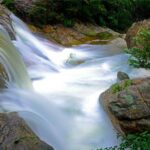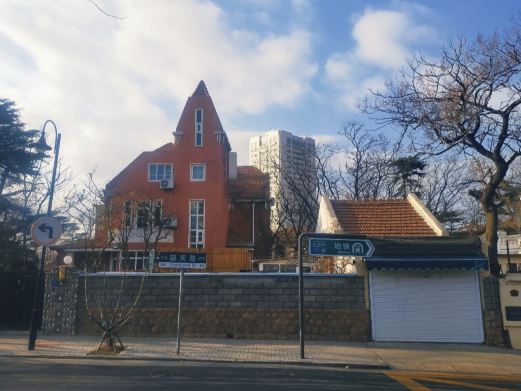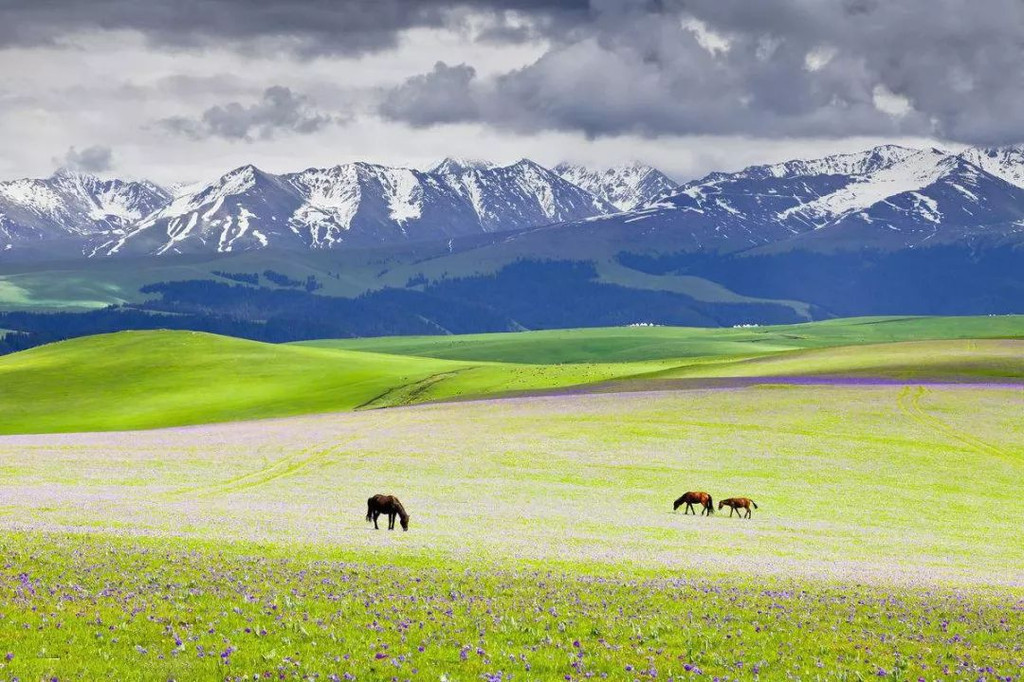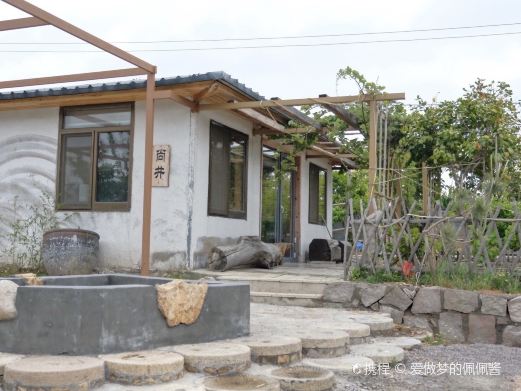Wu Ran Temple is located at the southern foot of the main peak, Taibo Ding, and was originally built during the Yongkang period of the Eastern Han Dynasty under Emperor Huan, making it the most prosperous Buddhist temple in Eastern Jiaodong at its peak. According to the ‘Ninghai State Chronicles’, a temple named ‘Wu Ran Yuan’ was already established during the Warring States period. The ‘Reconstruction of Wu Ran Zen Temple Inscription’ from the 13th year of the Guangxu Emperor (1887) examines ‘Wu Ran’ as ‘its location is far from the countryside, and those who live there are pure in all six senses, achieving great liberation, hence the name. Alternatively, it is said that ‘Ran’ and ‘Yan’ (salt) are homophones, and there is an ancient stone niche in the temple, with an empty space below, which is said to be the tomb of the Queen of Qi, who was surnamed Yan.’ Northeast of the temple is the tomb of the Qi King, which is said to be the burial place of King Xuan of Qi, who was exiled by the Tian family to the eastern islands and buried here after his death, with an immortal pine standing proudly on the tomb. The Tang Dynasty’s ‘Wu Ran Temple Stele’ records: ‘The pines are dense and profound, the cliffs and valleys are secluded and strange, the great river stirs the waves of the blue sea, the extreme top is steep and dangerous, the courtyard title is ‘Wu Ran’, the hall rooms are surrounded by hanging pines, like a phoenix spreading its wings to soar; the temple is built on a single foundation with beams and rafters, paved with dragon scales and lying down. The monks extend through winter and summer, which is indeed a method of cultivating the Tao, with a clear and clean courtyard, and the eternal sunny high peak posture.’ It can be seen that the grand scene of the past, the temple has now collapsed, but the side rooms still exist. The Wu Ran Temple scenic area has dense forests, green pines and cypresses, overlapping peaks, and dense strange rocks, with a soul-stirring ten-thousand-meter grand canyon, distributed above and below with various and colorful eighteen ponds, with winding and secluded valleys, streams, waterfalls, and clear springs connected together. The clear water is full, the clear waves fluctuate, and the water splashes, making tourists forget to return. It is known as ‘Jiaodong’s Little Jiuzhaigou’. The main attractions include: ancient ginkgo, Jiaodong magnolia king, Qi King’s tomb, Queen Mother’s foot-washing basin, Yu Ping Pond, cliff niches, fairy pool, curtain cave, and Kunyu Mountain Revolutionary Exhibition Hall, etc. Opening hours are from March 1st to April 30th, 07:30-17:00; from May 1st to September 30th, 07:30-17:30; from October 1st to November 30th, 07:30-17:00; from December 1st to December 31st, closed all day; from January 1st to February 29th, closed all day, the scenic area is not open during the mountain maintenance period from December to February of the following year. Preferential policies for children: height: 1.4 meters (inclusive) or below, free; children under 18 years old who are above 1.4 meters (exclusive) with ID card or household registration book, purchase children’s tickets; the elderly: those who are 60 years old (inclusive) and above with documents, free; students: full-time college students with student ID, purchase student tickets; soldiers: with valid documents, free; people with disabilities: with valid documents, free. Additional notes: The above information is for reference only, and the actual situation disclosed by Wu Ran Temple on Mount Kunyu on the day shall prevail. Service facilities parking lot: [Wu Ran Temple Parking Lot] Reference price: ¥5 per time; Address: 20 meters ahead of the entrance of Wendeng City, Weihai City, Shandong Province; Spaces: 50.
Wu Ran Temple on Mount Kunyu
Wu Ran Temple is located at the southern foot of the main peak, Taibo Ding, and was originally built[...]









